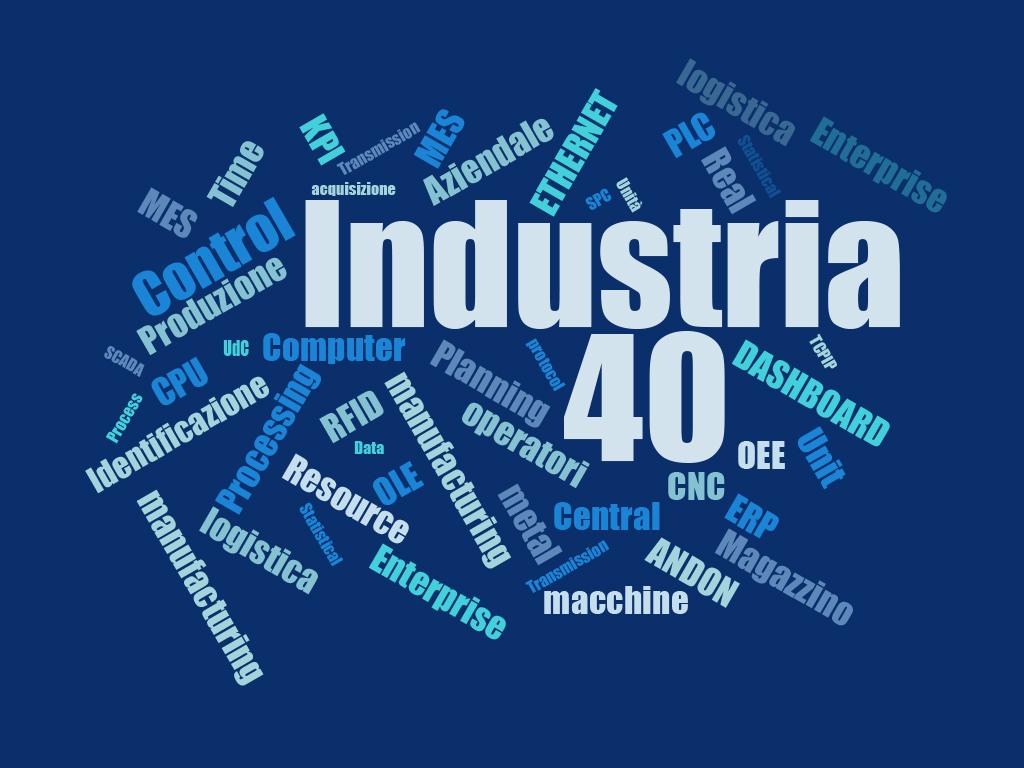
ANDON
A tool to report Performance, Efficiency and OEE indicators and any quality or process problems to production and maintenance personnel in real time for quick intervention. The main component is a display board with light signals indicating the station involved with the problem.
CNC
Computer Numerical Control allows to operate automatically on machine tools through sequences of numerical codes called ‘Part Program’.
CPU
Also called main processor, the Central Processing Unit, is the hardware device in a computer that executes instructions from the software.
DASHBOARD
A type of graphical user interface which provides at-a-glance views of key performance indicators (KPIs) relevant to a specific objective or business process.
ERP
Enterprise Resource Planning is the current evolution of manufacturing resource planning systems (MRP and MRP II). The ERP is basically business process management software that allows a business to use a system of integrated applications to manage its departments, including human resources, finance, production and distribution, and connect enterprises with their customers and suppliers.
ETHERNET
A type of wired LAN standard. It is a 10 MBaud network in CSMA/CD baseband, which uses a thin or thick coaxial cable, twisted pair or optical fibres as transmission medium.
KPI
A Key Performance Indicator is a measurable value that indicates how effectively a company is achieving key business objectives.
INVENTORY WIP
Work In Process is inventory used in the manufacturing process.
MES
Manufacturing Execution System software used to digitize production management and control and acquire production information from machines. The system digitizes the entire flow input and output information from the field.
OEE
Overall Equipment Effectiveness is the measure of overall performance of system. It is a percentage index encompassing three elements that are extremely important in manufacturing processes: availability, efficiency and the quality rating of a system.
OLE
Object Linking and Embedding is a de-facto standard for communication between applications in an object-oriented operating environment.
PLC
Programmable Logic Controller is a control device that stores and executes instructions to control industrial machines and monitor their status. Initially based on relay circuits, modern PLCs are real micro-computers.
RTOS
The Real-Time Operating System is a particular type of operating system in which interrupts, context changes and system services are managed within a certain maximum set time, making them suitable for controlling hardware in embedded systems and other critical applications. Typically, an RTOS is equipped with a compact kernel that allows it to be used in embedded systems where the amount of available memory is limited.
RFID
Radio-Frequency Identification technology is used for the automatic identification and/or storage of information relating to objects or persons (AIDC - Automatic Identifying and Data Capture) based on the ability to record data by particular electronic labels, called tags (or transponders or electronic and proximity keys), and on their ability to respond to remote interrogation by specific fixed or portable devices, called readers (or interrogators).
SCADA
The Supervisory Control and Data Acquisition is software used to monitor and control industrial equipment, such as PLCs, by gathering data that could affect performance. This application is usually based on a PC or a workstation.
SPC
The Statistical Process Control is a system that, in relation to a specific activity, operation, phase or process characterized by repetitiveness, uses statistical techniques to identify, analyse and verify the conditions that determine the variability of the object to be analysed.
TCP/IP
The Transmission Control Protocol/Internet Protocol is a set of communication protocols originally developed as part of a research project conducted by the US Department of Defense. The TCP/IP scheme uses a Client-Server architecture between two computers connected to the network, regardless of the physical connection modes. Each computer connected to the network can use TCP/IP to use or provide services in connection with any other computer operating with complementary TCP/IP software.
UdC
The Unit of Containment identifies a delicate stage in the design of the warehouse where the pivot around which the entire system revolves is determined; the size must be compatible with the inventory upstream and downstream needs (customer orders, transports).